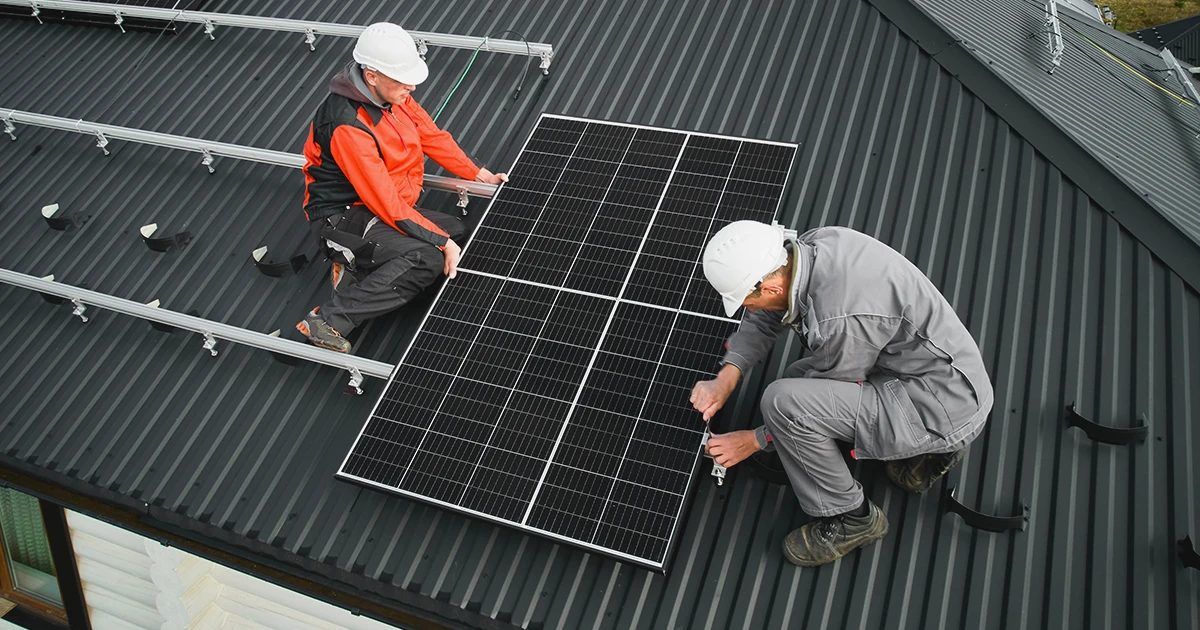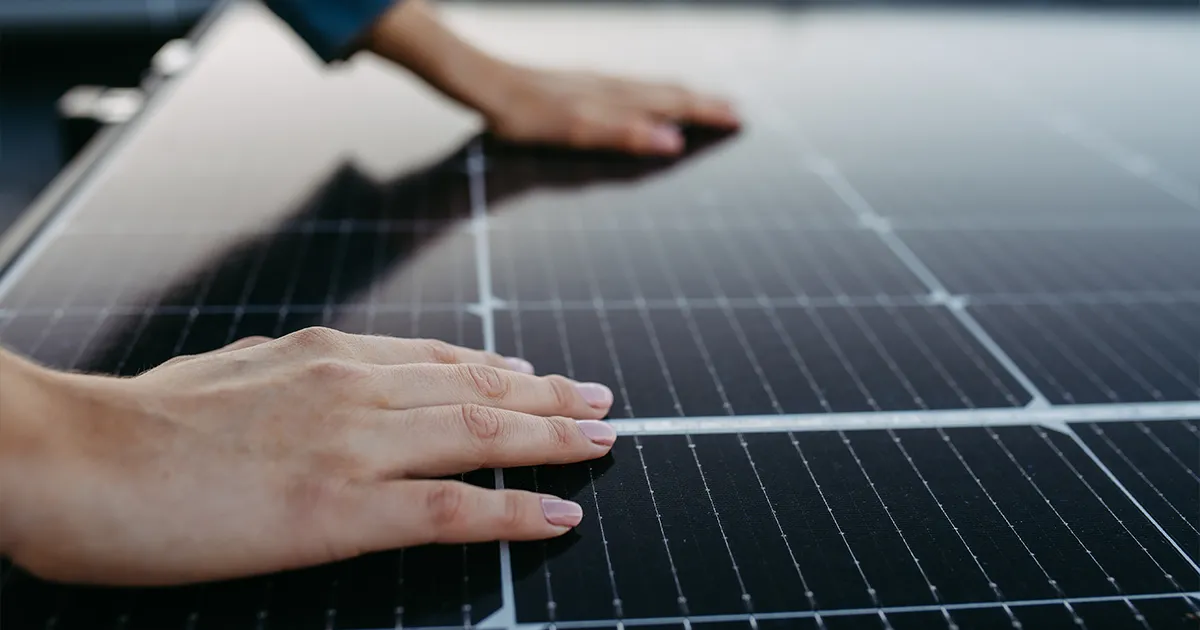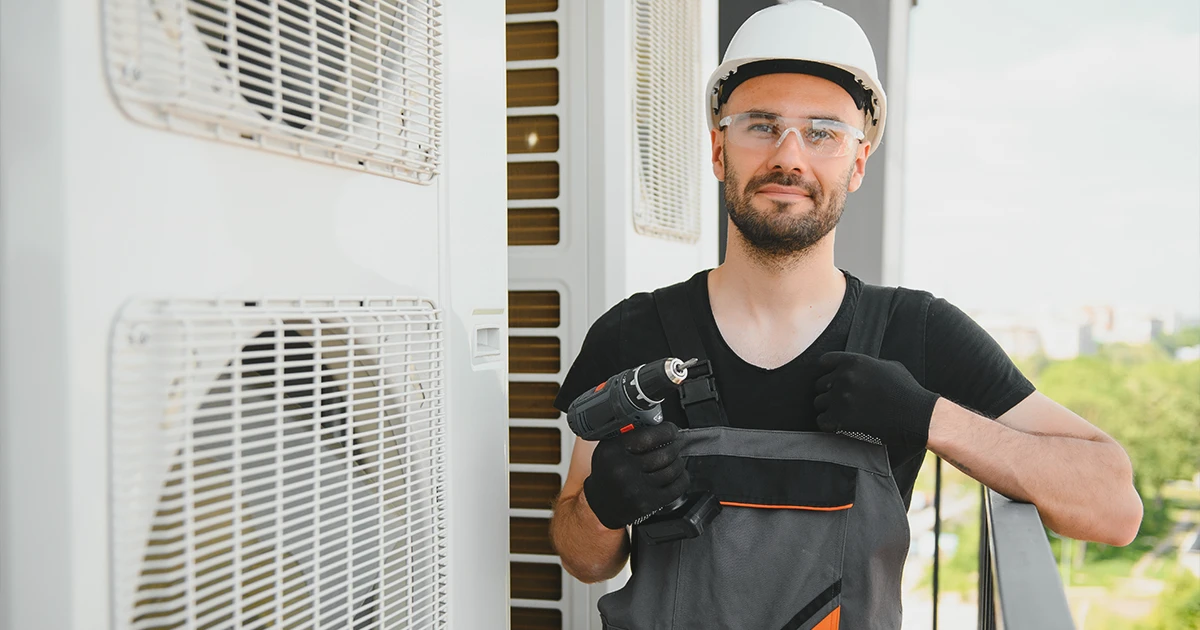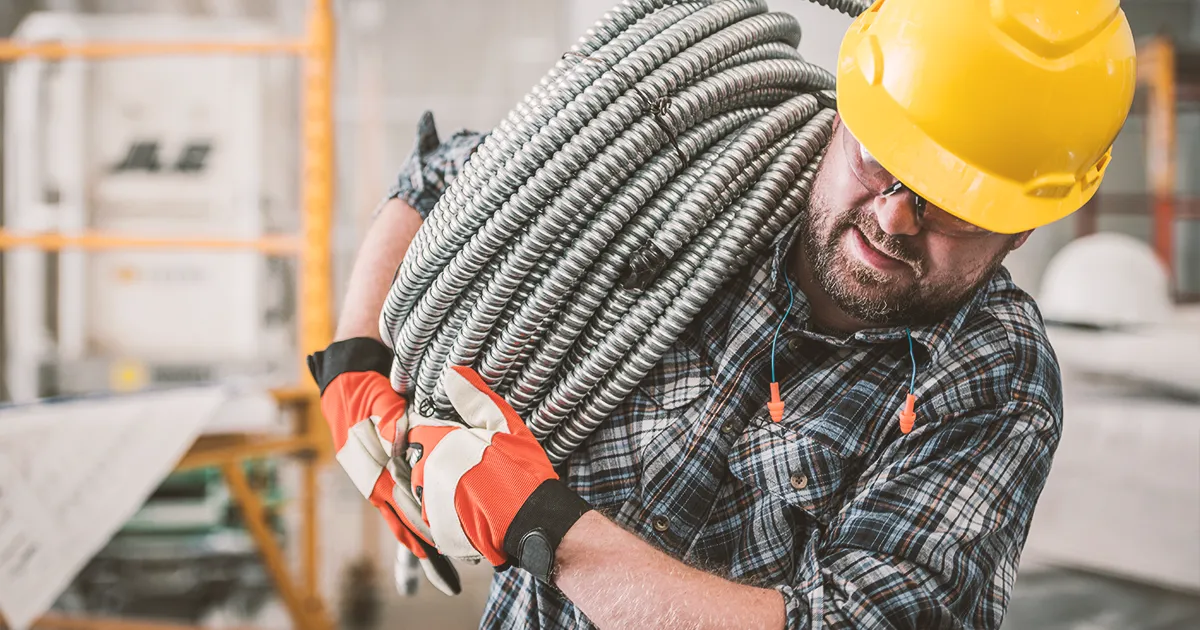The ongoing energy crisis is still far from being over. Electricity prices seem to only go up, and there’s no ending to it on the horizon. No wonder so many homeowners and businesses are tapping into renewable energy alternatives. Hence, solar panels are becoming less of a gimmick and more of a necessity. It’s a great way to make your premises sustainable and independent from the grid.
Yet, if you’re a solar panel technician, even a seasoned one, there are certain installation mistakes that you’ll want to avoid. That’s why AroundWire prepared a quick checklist of errors that you shouldn’t neglect. Keep reading to learn more!
Incorrect Sizing of the Solar System
Incorrect sizing is among the top mistakes that occur when installing a solar system. Get a bigger or a smaller one, and you risk losing all the perks, having to remedy the inefficiencies, and sustaining financial losses.
Solution: a comprehensive energy audit should do the trick nicely. Conduct one prior to the installation, and use tools like the A1SolarStore Calculator to determine optimal consumption and potential solar production capacities needed for your property. Learn more.
Poor Placement and Shading Issues
Installing even the most sophisticated solar panels in shaded areas defeats the whole purpose of this contraption. Anything that could potentially block sunlight should be considered when installing the panels. Otherwise, you risk cutting energy production by a substantial amount, which also results in financial losses.
Solution: a shading analysis will help you evaluate shading throughout the year. The market is full of tools like SunEye by Solmetric that will easily help you make the right call. Your panels should be situated on the south-facing roof to get maximum sunlight exposure.
Choosing the Wrong Type of Panels
The wrong type of solar panels could cost the owner a pretty penny in the long run. Take thin-film panels as an example. They’re no good for residential setups. They are far less effective than monocrystalline and polycrystalline panels.
Solution: pick the right type of panels in line with the budget, efficiency and space availability. If we’re talking about the best solar panels for residential installations, monocrystalline panels are typically the most efficient and ideal for homes with limited roof space.
Inadequate Structural Assessment
Any solar installation, regardless of its scale, requires a preliminary structural assessment of the roof. It’s a no-brainer since you need to analyze structural integrity before you put anything on that roof. Otherwise, you risk creating a safety hazard that will damage the roof and everyone inside the building.
Solution: assess the roof’s condition in its entirety carefully. Analyze its capability of bearing additional weight, especially a substantial pack of solar panels.
Failing to Optimize Panel Orientation
Panel orientation is pivotal for the efficient operation of the whole setup. It’s simple: panels that aren’t aligned the right way will not capture enough sunlight to realize their full potential.
Solution: align the panel orientation southward. The angle should be equal to the location’s latitude. This will allow your panels to capture maximum sunlight throughout the day, regardless of the season.
In the end, following these simple yet incredibly important rules, your solar panel installation project will always be a success, allowing you to boost your reputation and make a bigger name for yourself in the industry.




